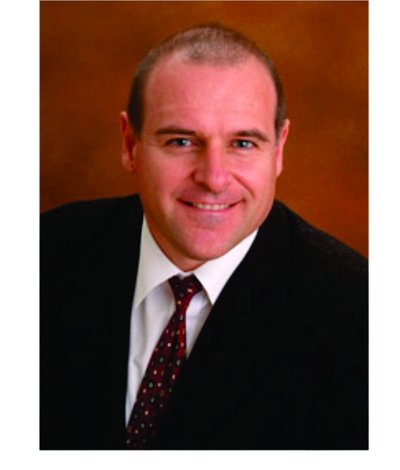Disengaging the autopilot
Wednesday, 05 September, 2012
Why do so many people still get hurt at work? Most incidents don’t happen because the person didn’t know the hazard was present or what controls were required. Incidents typically happen because the person wasn’t paying attention at the time and as a result came into contact with a hazard. Traditional approaches aim to rectify this by: retraining, in case the problem was a lack of knowledge; reviewing the decision-making framework, in case it was a ‘bad’ decision or the person made the wrong ‘choice’; discipline, in case it was a deliberate act. However, the problem of not paying attention is not able to be solved by the traditional approaches listed above.
We are accustomed to blaming tiredness, problems at home, outside distractions and other external factors that are outside the control of the workplace for people not paying attention. Most organisations have mature systems in place, they work on reducing the risk of workplace hazards and management does a number of things to manage safety. But they still have incidents.
Could it be that there is a ‘missing piece’? We know that behaviour has a lot to do with incidents and injuries, even some of the serious ones. However, we have a tendency to address behaviour as always being about decisions, judgments or choices. This focuses on influencing the ‘conscious mind’ by using tools like safety leadership and observations.
Neuroscience has recently revealed the ‘conscious mind’ can only think of one thing at a time and doesn’t keep thoughts for long. That’s why keeping safety ‘front of mind’ is such a challenge - it works against our very design.
Neuroscience has also revealed that more than 95% of our behaviour is ‘habitual’ or ‘automatic’. When we think about it, we realise that most of our behaviour and decision making is below our ‘conscious’ awareness - getting out of bed in the morning, driving our car, etc. In other words, sometimes we know what we are doing through our ‘conscious’ awareness of it - but most of the time it is the ‘subconscious’ processes that drive our behaviour and decision making, something we refer to as being in the ‘autopilot’ mode.
So if we want to keep ourselves safe, we have to be aware of our ‘subconscious’ mind power and how we can use it to keep us safe. This is what human error prevention does.
In the mid 1990s, we surveyed 20,000 people and discovered a pattern that describes how people make mistakes. Typically, it occurs when people are in one or more of four states - rushing; fatigue; frustration; complacency.
And this typically results in one or more of four critical errors - eyes not on task; minds not on task; being in or moving into the line of fire; loss of balance/traction/grip.
We refer to this as the universal ‘state to error’ pattern of human behaviour. Our research has identified that this pattern is involved in about 95% of acute injuries people have - both ‘on’ and ‘off’ the job.
Getting people to see the pattern is the first step. But it alone doesn’t result in ‘behaviour change’. The reason is that this pattern is ‘baked into our brain’ through years of experience - neither the states nor the critical errors can be ‘decided away’. They are part of our ‘autopilot’ behaviour. If we want to improve safety, we also need to start ‘disengaging the autopilot’.

What a psychologically safe workplace looks like
A personal account from a remote mining site shows how a psychologically safe workplace...
Contract labour in mining: do savings outweigh safety outcomes?
Australian researchers have analysed decades of research on contract labour in mining, arguing...
Psychosocial risk management: eight trends with tips
Psychosocial risk management has become a central pillar of workplace safety and organisational...










